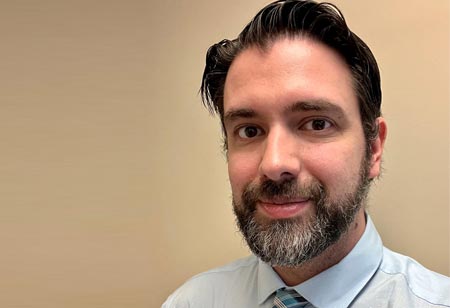Thank you for Subscribing to Healthcare Business Review Weekly Brief

Charge Reconciliation Challenges - Professional Charges and Multiple EMRs
Healthcare Business Review
Though many billing complications can affect reimbursement, I’ve found that one of the most consistent challenges within our Revenue Cycle is ensuring complete charge capture when the provider documentation is recorded in one system, but the coding and billing occur in another.
We are not alone in this struggle, many healthcare facilities and systems utilize different systems for their acute EMR and their ambulatory EMR. Given the complexity of the charge processes and the challenge of interfacing charges between aging systems, it is vital to institute robust charge capture procedures to avoid revenue leakage.
“Given the complexity of the charge processes and the challenge of interfacing charges between aging systems, it is vital to institute robust charge capture procedures to avoid revenue leakage.”
In this article, we will explore some of the most significant challenges, and strategies to ensure better charge capture.
Challenges
Lack of Standardization: Clinicians, department leaders, and other stakeholders may not be engaged or even directly aware of the intricacies of the charging process for their services. This is particularly true of any automated charging that is set up based on background settings or system triggers.
Hardware/Software Intricacies: Health systems often deploy bolt-on modules or systems for specialty functions, all of which carry their own intricacies and charging procedures. The more highly specialized, or technical the system is, the more difficult it is to set up and monitor charge capture.
Incomplete or Inaccurate Charge Data: Charge data can be incomplete due to a lack of detailed documentation or missing charges, while inaccurate charge data may result from human errors in data entry or coding. These issues can result in under-billing or even over-billing, both of which can cause significant downstream billing headaches.
So how do you overcome the challenges listed above? The most important step is to confirm that all of the appropriate stakeholders are at the table when creating a charge capture policy and procedure and that those stakeholders share an aligned mental model of 100 percent charge capture. Remember that partnership and solid lines of communication will be key to ensuring the wider success of any charge capture program.
Strategies
Our Revenue Cycle department has enjoyed success when following the steps below:
1. Work with stakeholders from each charging department and Revenue Cycle to identify ‘sources of truth’ for each charge.
a. For example, if you are trying to capture professional charges consults, your ‘source of truth’ is likely the signed consult note from the provider.
2. Work with data analytics partners to develop comparative reporting based on the ‘source of truth data to ensure that all expected charges are captured within the professional billing system.
3. Assign thresholds and escalation procedures for any identified missing or delayed charges.
4. Assign leadership ownership and responsibility for monitoring and compliance.
5Identify a regular meeting cadence to review charge capture data and performance.
a. These meetings will likely need to be more frequent if the policy is new to the group.
It is sometimes tempting to establish a paper process for charge reconciliation (the dreaded ‘charge sheets’). Paper processes should only be utilized during system downtime because they are too manual to sustain, and introduce more avenues to errors.
I would encourage all health systems that utilize a billing system that is different than the EMR to establish department-specific charge reconciliation procedures and to confirm that the process is set up to be durable and analytically robust. Nothing is better for a Revenue Cycle leader’s sleep than confidence in the charging activity of all departments.









